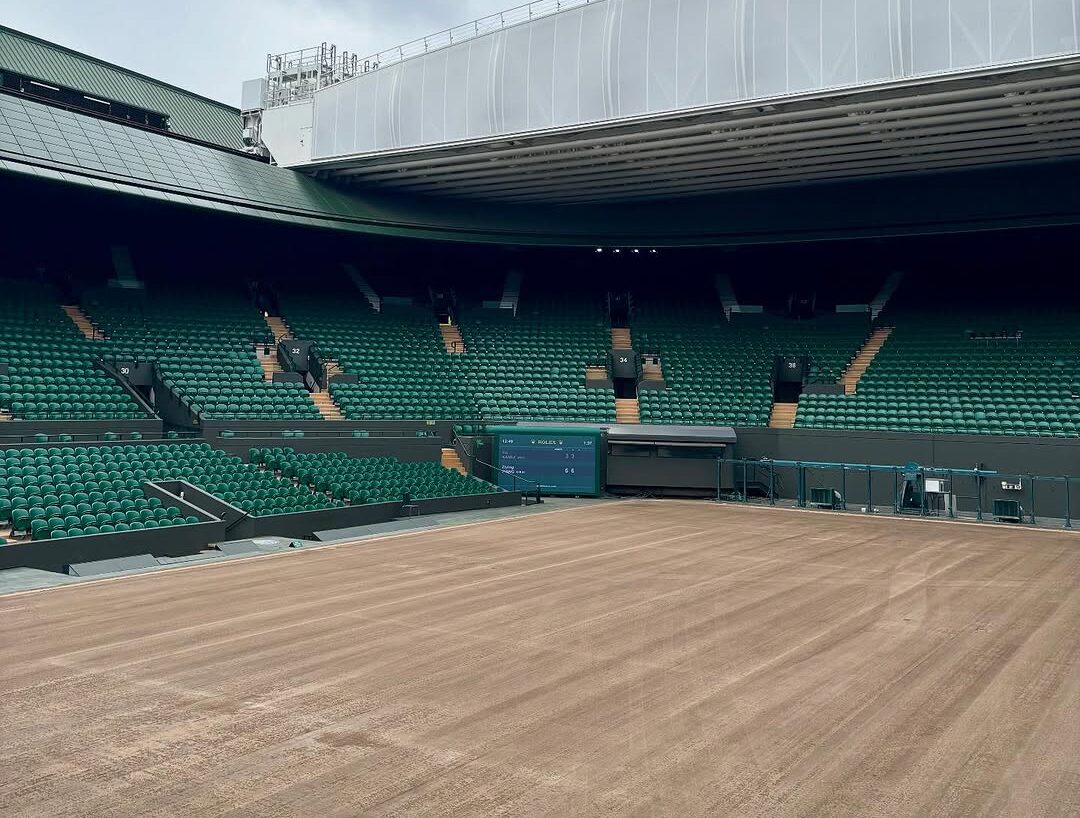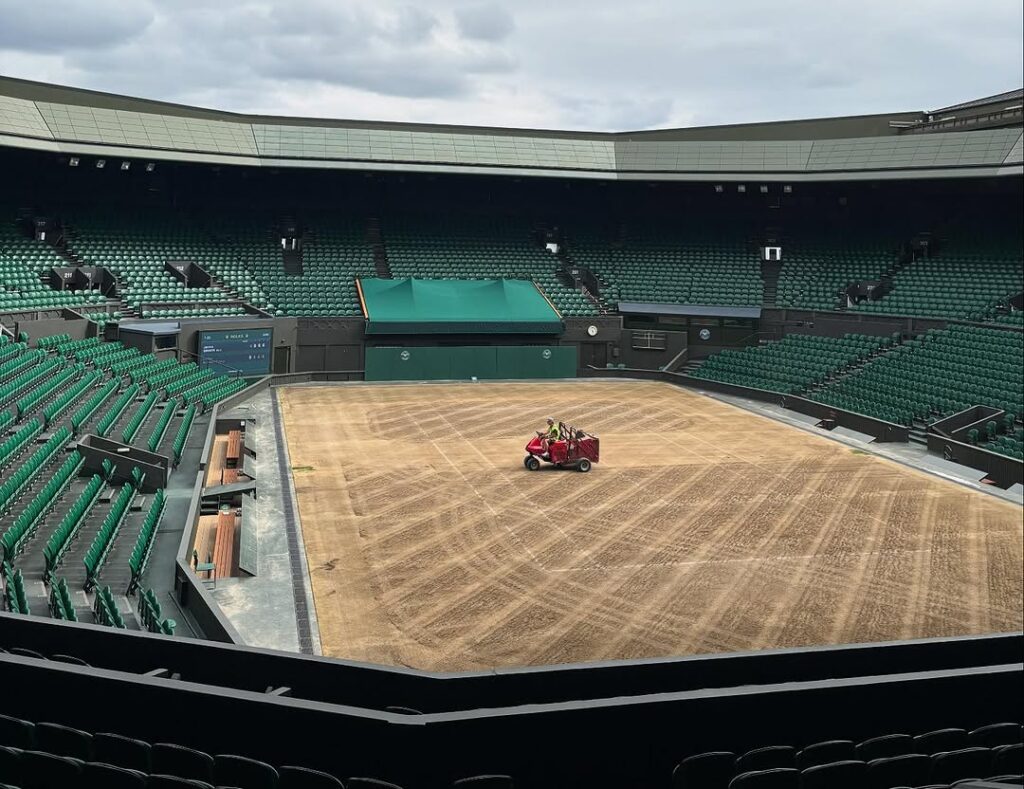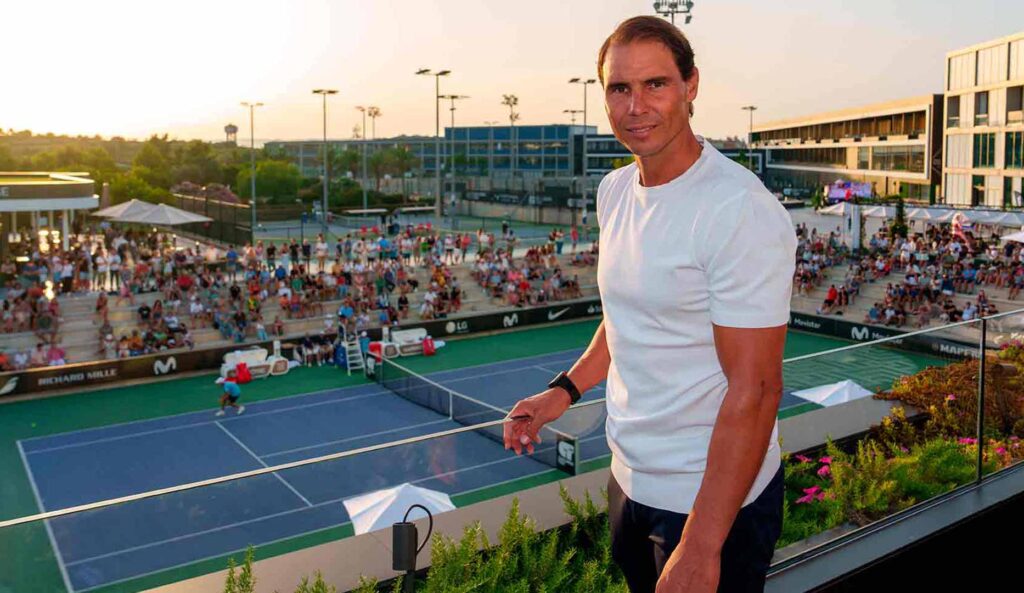Wimbledon starts renovation: why the tennis courts lose their grass every year

Just one day after the final, Wimbledon has started its annual large-scale renovation of the courts – as seen in a recent Instagram post, Centre Court now appears stripped of its familiar green.
In place of the iconic lawn: bare soil, machinery, and visible marks of maintenance. The contrast with last weekend’s final is stark – a reminder that behind every polished finish lies a complex, year-round process.
Unlike clay or hard courts, grass is a living system – fragile, seasonal, and reactive to pressure. It can’t simply be resurfaced or replaced. Instead, it requires months of preparation, recovery, and calibration.
The renovation includes complete removal of the old turf, deep aeration (vertidraining), application of nutrients, protective covering, and reseeding. Since 2001, Wimbledon has used a 100% perennial ryegrass blend – highly durable, resilient, and tailored for high-intensity play. Each year, around 9 to 10 tonnes of carefully selected seeds are used to ensure consistent growth and surface quality.

The procedure is tightly regulated. Specialized machinery removes the top layer of turf, followed by levelling and top-dressing. Moisture control is enhanced with wetting agents that improve water absorption and retention. Over the following months, the grass is monitored closely: density, moisture, firmness, and ball bounce are measured daily. The final 8 mm cut height is not achieved overnight – it’s the product of a long calibration phase.
A grass court is more than just a playing surface – it’s an ecosystem shaped by airflow, sunlight, and efficient drainage. Grass courts are rare on the pro tour precisely because of the complexity and cost involved. Which makes Wimbledon’s commitment to this surface all the more extraordinary – a full discipline in its own right.
For tennis clubs and venues, this serves as a timely reminder of the value of systematic surface maintenance. Even for hard or clay courts, core principles like seasonal aeration, surface levelling, sand application, and regular diagnostics remain essential. A clear maintenance calendar reduces emergency costs, extends court life, and directly impacts the quality of play.
Cover photo: Wimbledon’s Centre Court undergoing full renovation – the first step in a year-long process of grass regeneration. Source: Instagram.com/Wimbledon




